Dos and Don'ts in Southeast Asia: What you should know for your trip
Even if the corona virus is currently in the headlines and any activities outside your own four walls are discouraged, there will also be times when you can travel again. We have dealt with the destination Southeast Asia. A trip through Southeast Asia offers a few opportunities to step into one pot and to get into trouble with your fellow countrymen. At least if you are not familiar with the customs and start your trip completely unprepared. With these “Dos and Don’ts” you are optimally equipped and can enjoy your trip to the countries of Southeast Asia to the fullest.
Dos and Don'ts in Southeast Asia: Appropriate behavior towards locals
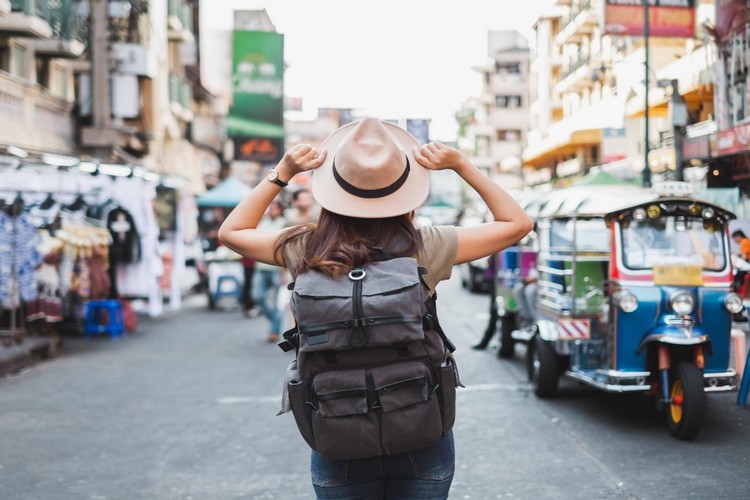
Something is different in Southeast Asia than in Europe. But like everywhere in the world, there are special manners, special peculiarities, unusual rituals and taboos.
In order to avoid unpleasant situations when contacting locals, you need to know exactly which customs and manners prevail in the individual countries of Southeast Asia and what you should definitely leave. Not all of this will be compatible with your previous thinking, but with a little empathy you will be able to do it.
Dos and Don’ts in Southeast Asia: Smile what it takes
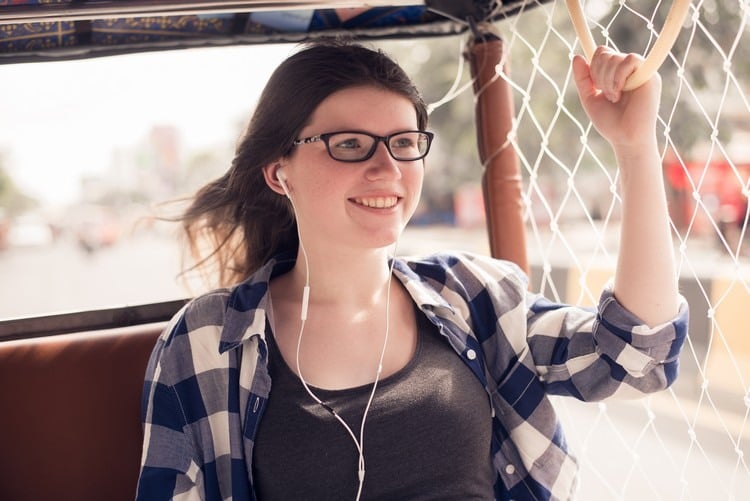
Generally in life, but especially in Southeast Asia, a smile helps tremendously to clear up discrepancies. Basically, you should have a friendly smile on your lips as often as possible. Smile is one of the cornerstones of culture here. Southeast Asians like to smile for their lives and worry about you if you don't.
Reluctance instead of arrogance
Most Asians are humble and reserved. Therefore, you should also show a certain reluctance and orient yourself towards British understatement. If you put your own person or your skills in the foreground or brag, it will seem strange to the people there.
You should also refrain from gestures that could be considered arrogant: Crossing your arms in front of your body, putting your hands on your hips or pointing your finger at people can be considered rude or even an insult.
Calm and serenity

In Southeast Asia, the clocks tick slower than ours. To spend a great vacation, you should say goodbye to your impatience and become more relaxed. There is no hustle and bustle there and people are rather unsettled by impatience.
In general, things are much calmer and more relaxed in the Southeast Asian countries than in Europe. The people here generally speak more quietly, so it is advisable to be calmer as a guest. With serenity and friendliness, you get to your destination in Southeast Asia much sooner than with anger and loud discussions.
If you are stuck with your request, you should rather leave it alone and try again later instead of breathing out your anger. Whoever loses control can only achieve the opposite. Criticism, however well meant, must be expressed carefully, as it is often taken personally.
Dos and Don'ts in Southeast Asia: Adequate greeting
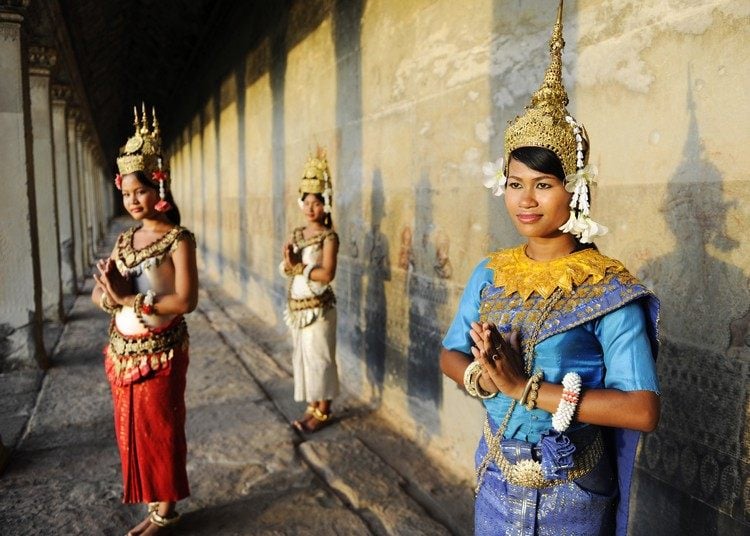
Kissing someone on the cheek as a greeting, as is customary in Switzerland, or a strong handshake, as is common in Europe, is rather unknown in the Southeast Asian countries. In addition, the left hand is considered unclean and is therefore not used for eating or greeting. You should also stick to this and even greet others as left-handers only with your right hand.
But it is best that you orientate yourself on how you are welcomed by the locals. That can vary from country to country. For example, in some areas of Indonesia you shake hands to greet each other, but the strong pressure is removed. Sometimes the other's hand is brought up to your chest.
Dos and Don'ts in Southeast Asia: No physical contact in public

The Southeast Asians are generally a bit more reserved when it comes to physical contact, at least in public. Kissing on the street, hugging or holding hands, even between couples, is not welcome in many places. In contrast, holding hands and hugs between two men or two women are common signs of friendship – homosexuality is usually not involved.
Also important: tapping a local on the shoulder like a mate can be seen as an insult or at least a condescending gesture. What you should also leave is to touch a local on the head because he is considered sacred. So don't stroke another child's head.
Table manners in Thailand, Cambodia and Co.

Southeast Asians are very hospitable and always warm, generous and informal. Spontaneous invitations to eat together are normal here. That's why you should be a bit familiar with the customs and behaviors at the table.
Respect hospitality
In Southeast Asian countries, respect for hosts begins at the front door: remember to take off your shoes before entering a house. This is a religious ritual that you should definitely follow.
You should also know the importance of punctuality in the respective country:
• In Cambodia, Indonesia and Singapore, for example, great importance is attached to punctuality.
• In Thailand, on the other hand, it is more common to appear for appointments much later. Two hours late is no problem here. If you are there on time, the Thais tend to be hectic because they did not expect you so early.
With a private invitation, you will certainly be offered coffee or tea. In Indonesia, it is part of the decency to touch the drink only when the host expressly asks you to. It is particularly polite to wait for the second request and then drink with the host.
Dos and Don'ts in Southeast Asia: When eating
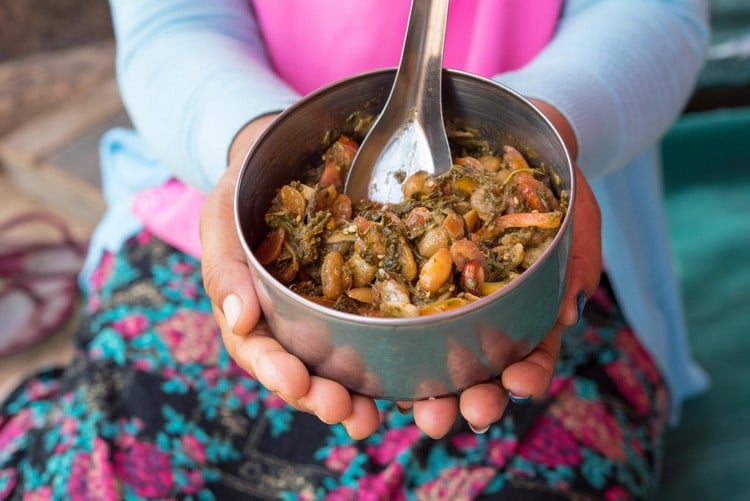
If you want to eat traditionally in Southeast Asia, i.e. directly from hand to mouth, you should only eat with your right hand. The left one is considered impure and should therefore not be used.
Unlike us, smacking and other loud noises are normal when eating in Southeast Asia and are not considered negative. Accordingly, we Europeans find the changeover – at least most. Also important: in Southeast Asia, it is considered rude to reject new dishes categorically without trying them. Such behavior is sometimes taken very personally.
• In the Philippines, it is considered polite to leave some of the food on your plate. You show that you have had enough.
• In Malaysia, on the other hand, you can confidently empty your plate and have a lookup.
• In Cambodia, it is common to come along every time a person raises his glass to toast. This calls out “Chulmui” and this can happen very often.
The tip thing

When it comes to tipping after eating in a restaurant, different behavior is common in the individual countries of Southeast Asia.
• In Singapore, for example, you'd better not tip. In this case, this has to do with the fight against corruption and Singapore is a real role model in this regard. That is why tips are not welcome at grants to official bodies.
• Tips are not common in Malaysia either. A subsidy is calculated on the bill in the restaurants.
• In restaurants in the Philippines, you should tip approximately 10% of the invoice amount. If you check in at the hotel and a page brings your luggage to your room, it is appropriate to give about 20 Filipino pesos. Taxi and tuk-tuk drivers are also happy about a small bonus.
• The Indonesians do not expect a tip, but are not averse to it. In most hotels and restaurants, a tip of five to ten percent is automatically added to the invoice amount. If you were particularly satisfied with the service, you can of course add something.
In the continental countries, i.e. Myanmar, Laos, Thailand, Vietnam and Cambodia, it is rather unusual to tip. On the contrary – sometimes it is even considered an insult. Basically – especially in the tourist areas – it has become more common that tips are given.
Dos and don'ts in Southeast Asia: Allowed and illegal souvenirs
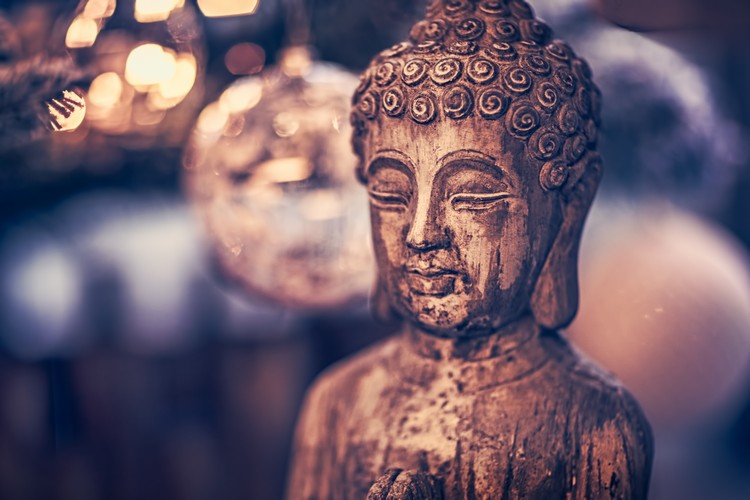
Especially on longer trips to distant countries, you want to take many memorabilia home with you. Things that are typical of the country and that do not exist at home are particularly popular. Taking it with you is not always without problems. Therefore, we clarify which souvenirs you can easily take home with you and which are questionable.
Buddha souvenirs
Buddha statues and images are omnipresent in Thailand, Laos, Myanmar and Cambodia, the Southeast Asian countries where Buddhism predominates. It is of course very tempting to declare such a typical souvenir as an ideal souvenir. But be aware: The Buddha is holy and not just a decoration figure. Even if it is always offered for sale in markets.
With Buddha heads in particular, you can encounter difficulties when checking luggage. When buying, make sure that your Buddha figure is not antique and have it confirmed in writing in the shop if possible. With small, normal figures that are transported respectfully, you shouldn't be a problem at the airport.
What is not welcome, however, are Buddha tattoos, especially below the belt. Hide such tattoos, otherwise you can even be expelled.
Dos and Don'ts in Southeast Asia: take photos
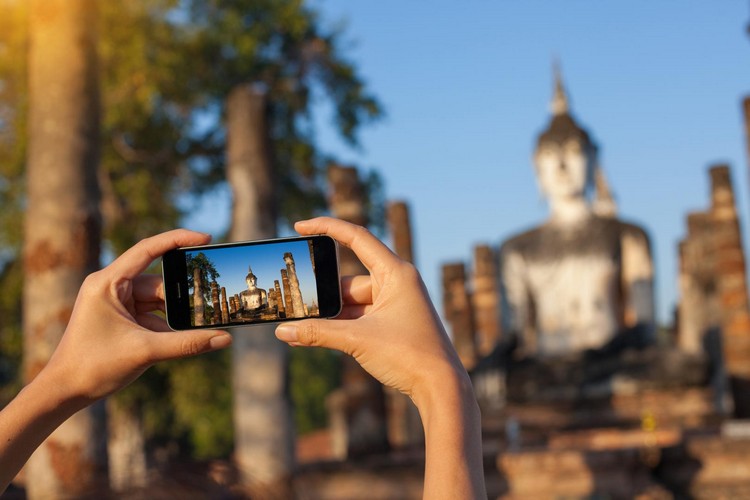
Even with photos, you have to consider a few things on site that can cost you as a vacationer otherwise.
Military equipment and objects are definitely not allowed to be photographed. Where you should also do without photos:
• in authorities
• at police stations
• at customs and
• at the immigration office
Sometimes it is also prohibited to photograph religious buildings from the inside. Pay attention to appropriate signs and ask if in doubt. Sometimes a small tip is due.
If you want to take pictures of people, you should at least ask for permission beforehand in temple complexes and mosques and respect it if someone does not want to be photographed. You should also get your consent beforehand during ceremonies.
If you follow the rules, you can easily pull out the camera – so you do not have to fear customs conflict. After all, photos are the best way to capture memories on every trip. This creates unique snapshots – and you can use them to create great personalized souvenirs.
One possibility for such a personal souvenir are greeting cards, which you can have printed with your very own personal photos. So you get an individual souvenir, which also does not cause any problems at customs. If you do not want to go through the hassle of searching for suitable stamps on the way, you can also send such a card to friends and relatives by direct mail.
Dos and Don'ts in Southeast Asia: Suitable souvenirs
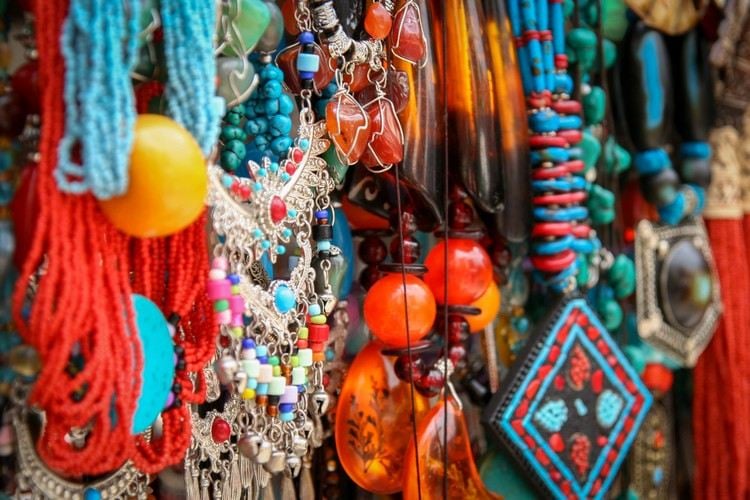
The second most popular souvenir from Southeast Asia are textiles such as silk scarves and tailored suits. In order to enjoy your souvenir for a long time, you should check the quality thoroughly before buying.
With spices, tea and coffee, too, quality makes the difference between pure kitchen decorations and usable gifts. It is not advisable to buy cheap goods from the street market. In addition, some of the spices or teas do not come from the country at all, or only grow there in poor quality. Do your shopping for these souvenirs in a shop and find out whether the product is available in the country.
Dos and Don'ts in Southeast Asia: Forbidden souvenirs
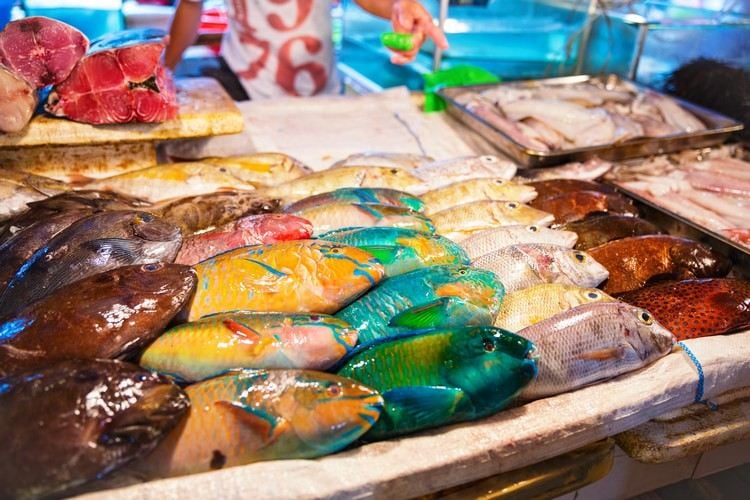
From a legal point of view, counterfeiting is a delicate purchase. But customs usually have no objection if you have the wrong Versace shirt or a fake Rolex in your suitcase. However, if the amount of goods exceeds private needs, for example because you bought clothes of different sizes and in larger quantities, you will be punished. Because at customs, something like this is usually classified as a commercial import.
You should also be careful with souvenirs that come from rare animals, plants, and woods, because they can fall under the Washington Convention on Wildlife Conservation. This means that they cannot be exported from the travel countries and imported into Switzerland without a permit – not even for private use.
This includes:
• Leather goods from reptiles
• Corals, shells and other beach goods
• Ivory carvings
• Snake wine
• Products made from ramin wood
• living animals
• exotic skins
• national cultural heritage
You should also be careful with food.
Dos and Don'ts in Southeast Asia: Important rules of conduct for your tour of Southeast Asia
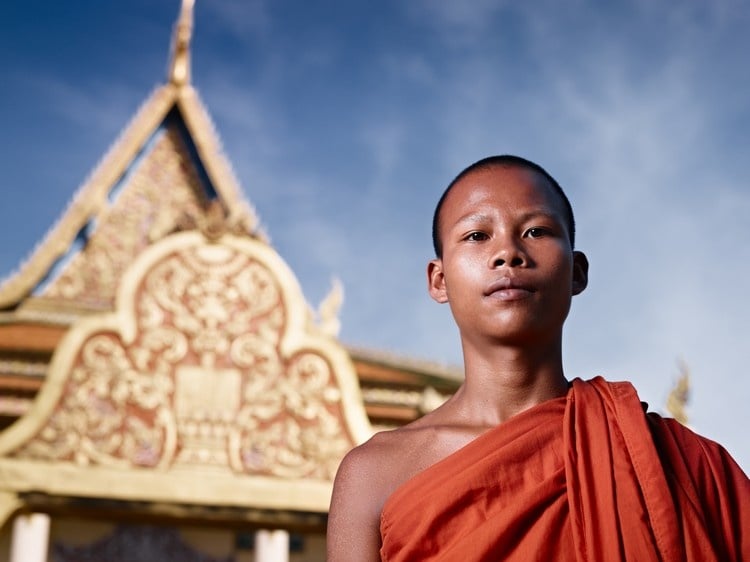
As already mentioned, it is frowned upon in Southeast Asia to touch a local person on the head, such as stroking a child over the head, since the child is considered sacred. But there are other rules of conduct regarding faith and the royal family that you should definitely know and heed.
You should know that about Buddhism
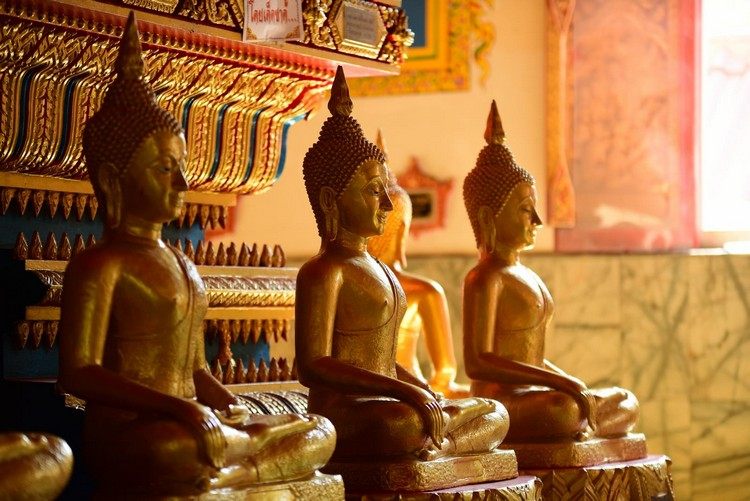
Buddhism is the main religion in many Asian countries. These include Thailand, Laos and Myanmar. Aside from the right clothing, which you will learn more about, a few rules apply when you enter a Buddhist temple:
• Right-foot in a temple prayer room without stepping on the doorstep and exit with your left foot first.
• Keep calm so as not to disturb other people while praying.
• Always be respectful of Buddha statues and monks and do not point or touch your bare feet or fingers.
You should know that about Hinduism
Hinduism is the third largest world religion and also one of the oldest. Since Buddhism originated from Hinduism, similar rules apply to Hindu buildings.
• Don't walk around in front of praying people.
• Take photos of people who pray only with their consent and pay attention to any photography bans.
• Pay attention to signs, because certain areas in the temples must not be entered.
• Act appropriately, don't shout and don't laugh out loud.
• Do not enter a temple compound if you have an open wound on your body that can leak blood.
Respect for the royal family
Of course, as a tourist, you should always refrain from talking badly about the head of state in any way – no matter which country you are traveling in. When traveling in Southeast Asia, you should be particularly careful in countries with a king. This affects Thailand, Cambodia and Malaysia.
Make sure you are respectful of the royal family in each country at all times, because they enjoy a high reputation among the population. The insult to majesty is a very serious crime here. In order to avoid any difficulties, you should definitely avoid possible conflict situations in this context. This also applies to statues or images of the king, such as on banknotes and posters.
Dos and Don'ts in Southeast Asia: Appropriate Clothing
Before entering a temple, you usually have to take off your shoes. You can tell whether this is necessary by the fact that shoes are already in front of the entrance. If in doubt, you should mimic the behavior of the locals.
But also when it comes to the rest of your clothing, there are a few things you should be aware of: As Europeans, you are used to dressing as lightly as possible in warm temperatures. Of course, this is understandable, but it can become a problem for you in many parts of Southeast Asia, especially away from the tourist areas. Especially when it comes to visiting religious institutions or dealing with the authorities.
As in European churches, long clothing is mandatory in religious buildings in Southeast Asia, even if it is still warm: shoulders and knees must not be visible in mosques and temples. Short skirts and pants, short-sleeved shirts and tops are not appropriate. Women must also cover their heads with a scarf.
Dos and don'ts in Southeast Asia: correct behavior on the street
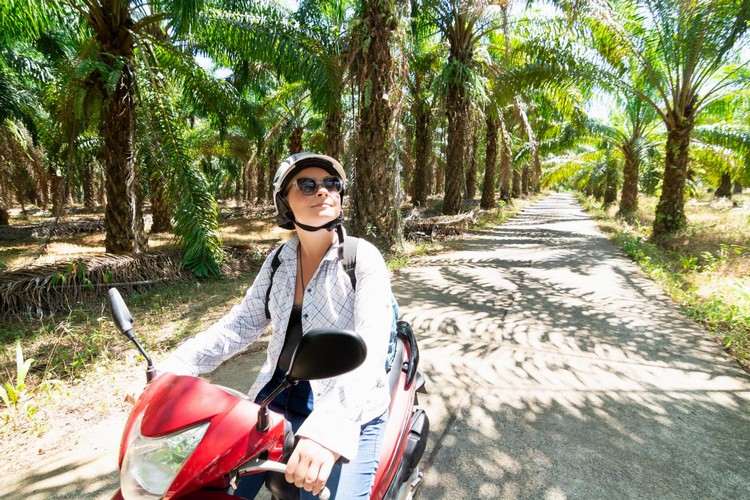
When you are traveling, you will be traveling a lot – whether by public transport, a rental vehicle or on foot. After all, you want to see as much as possible from Southeast Asia. Getting from one place to another is usually not a problem thanks to the good connections. Still, there are a few things you should watch out for.
Use means of transport
There are several ways to get from A to B in Southeast Asia. The connections are usually very good and the prices are often cheap. A popular means of transport is also a taxi or the tuk-tuk typical of Southeast Asia. However, you should be careful when driving by taxi or tuk-tuk.
As everywhere in the world, fraud occurs every now and then in the countries of Southeast Asia, for example with regard to the prices for a taxi or tuk-tuk trip. Some drivers – of course not all by far – will try to rip you off. Caution is required. You shouldn't be too suspicious, but it doesn't hurt to find out about current prices in advance and to exchange ideas with other travelers.
Dos and Don'ts in Southeast Asia: Drive yourself
For many, renting a scooter is part of a vacation in Southeast Asia. Before you embark on a tour of discovery, there are a few things you should consider. Of course, you should have a driver's license and never drive without a helmet.
In addition, you should drive with foresight especially in a foreign country and always pay close attention to what is happening on the road. So that you can keep the risk of a (self-inflicted) accident as low as possible, you should have some experience in driving a scooter and think carefully about whether you can cope with the traffic situation.
Dos and Don’ts in Southeast Asia: On foot

When walking through the streets of Southeast Asia, you should always carry your valuables such as cash, important documents and technology items close to you. Take special care not to openly reveal valuable items in the direction of the street and to always hold them firmly. In some places, so-called Snatch Thieves are out and about, snatching away unsecured valuables from your motorcycle and then getting out of the dust.
What's also important: never give money to beggars or children when you're out on the streets of Southeast Asia. Children are only encouraged not to go to school because they would earn more money from begging than if they were sitting in school at the time. Many children belong to organized groups. These groups are led by adults who exploit the children.
Images: adobe.stock.com and envato.com
The post Dos and Don’ts in Southeast Asia: What you should know for your trip appeared first on Deavita.com | Living ideas, design, hairstyles, make-up, lifestyle, health and beauty tips.





















